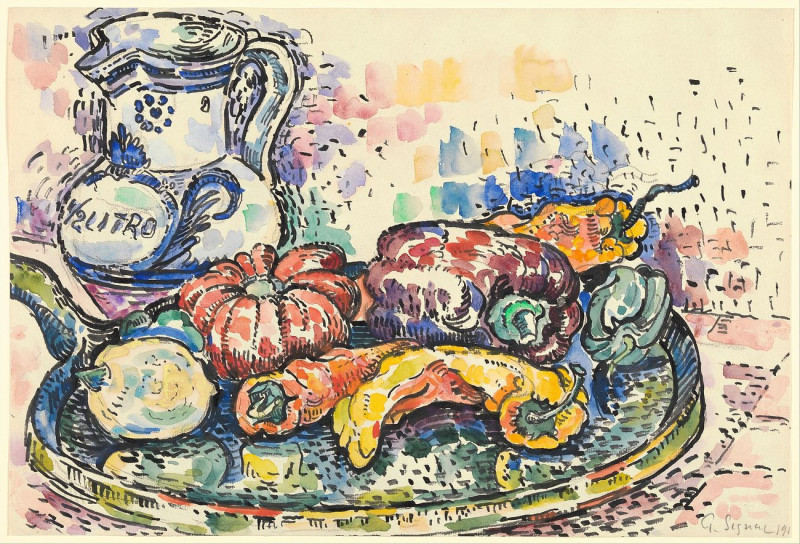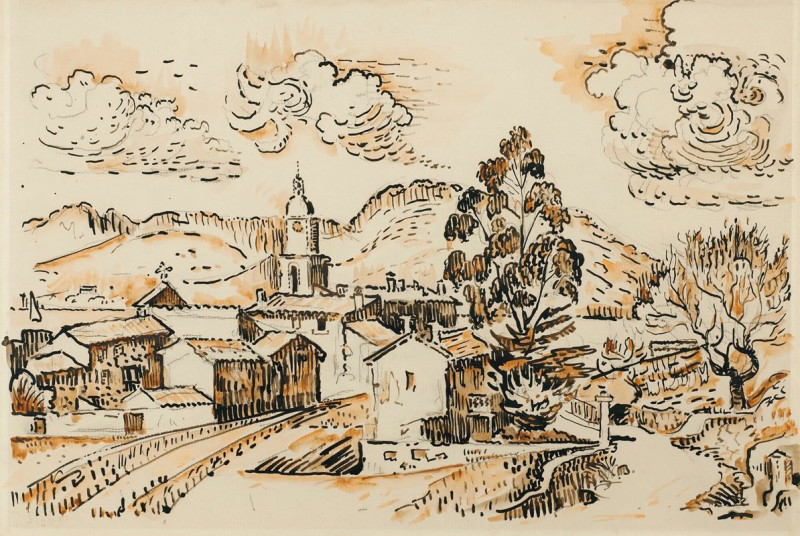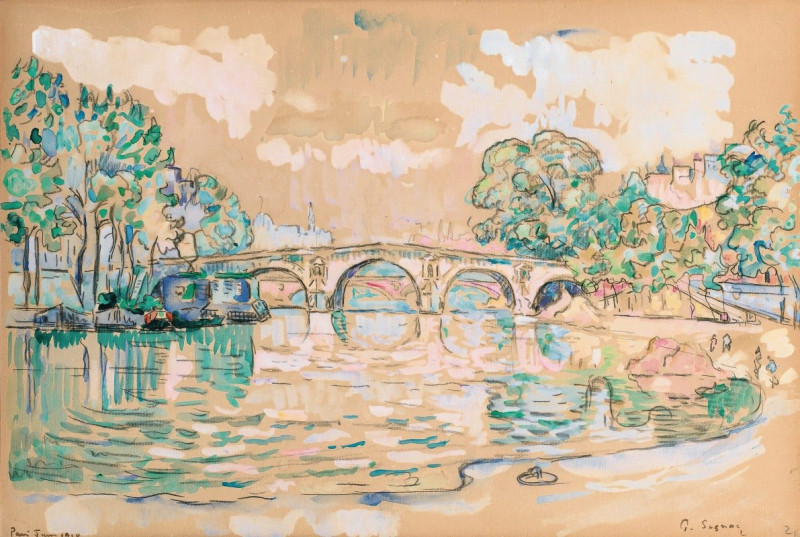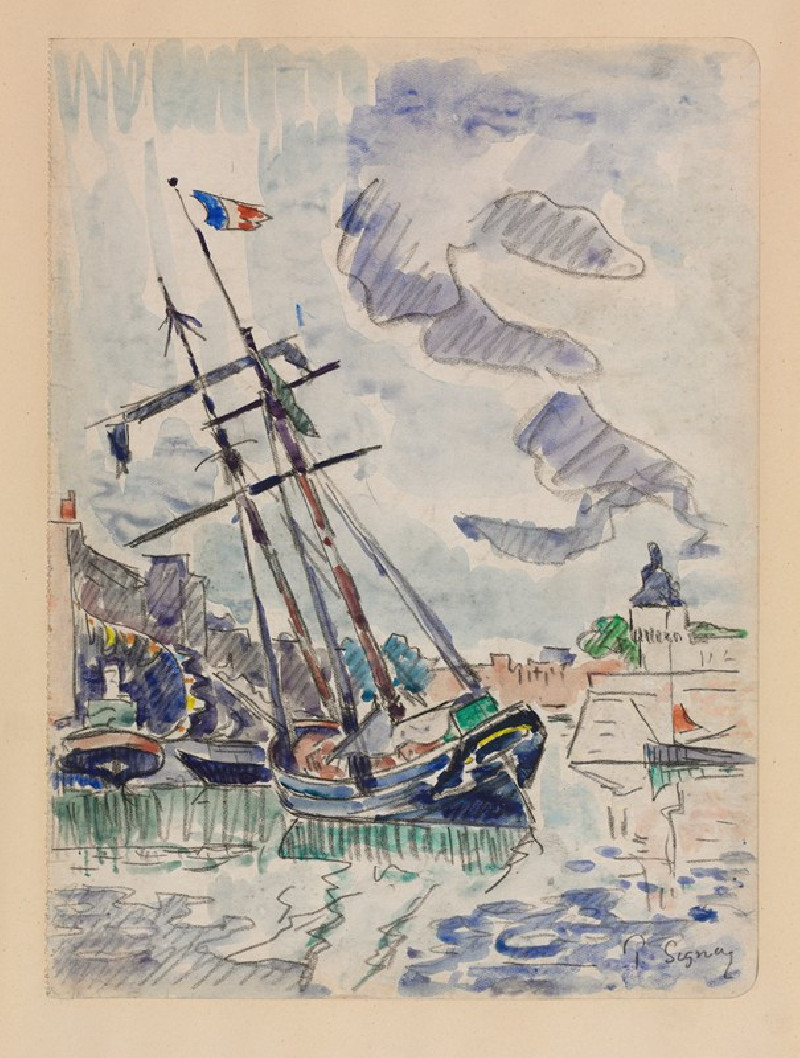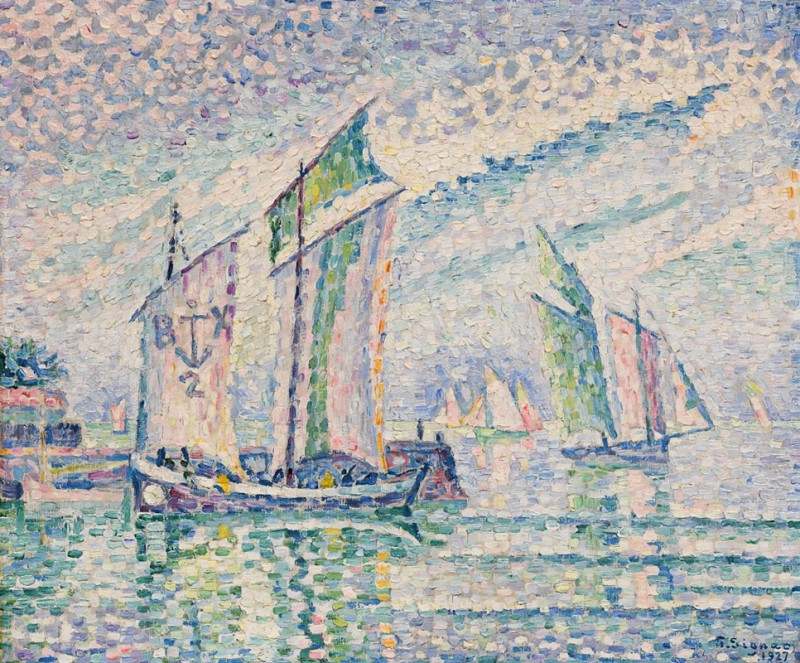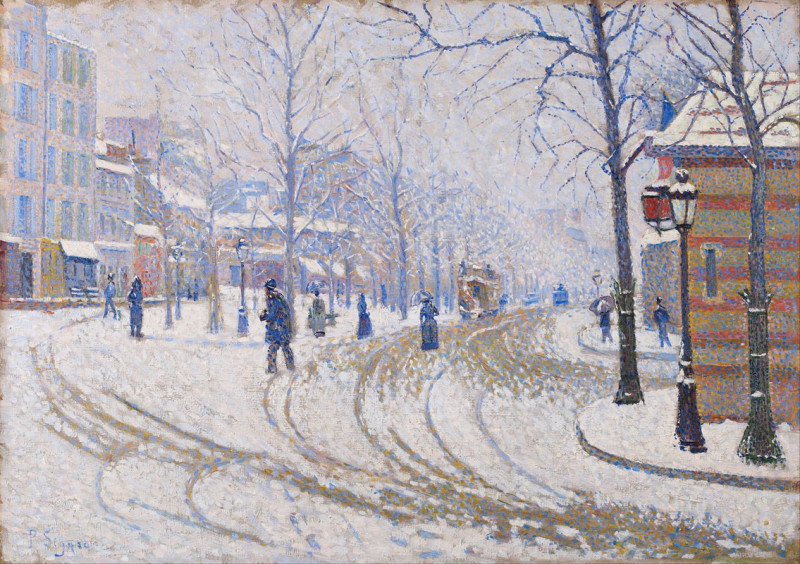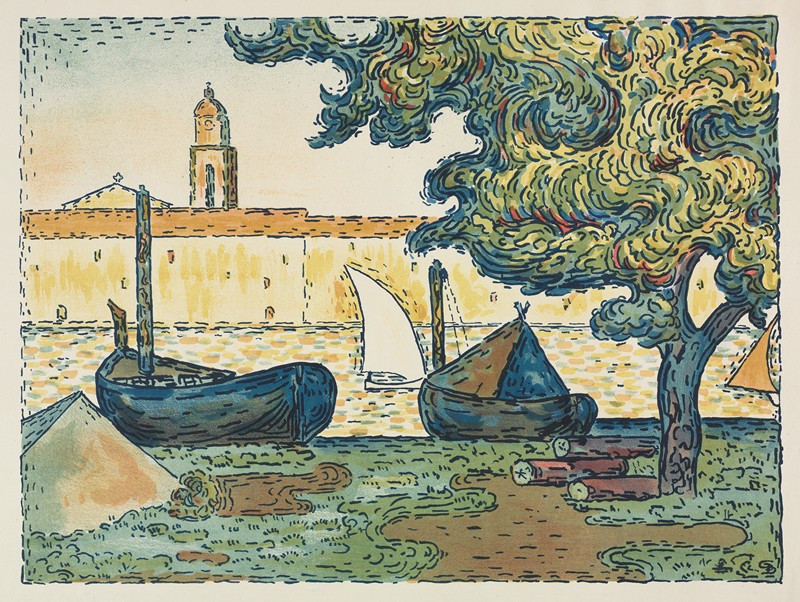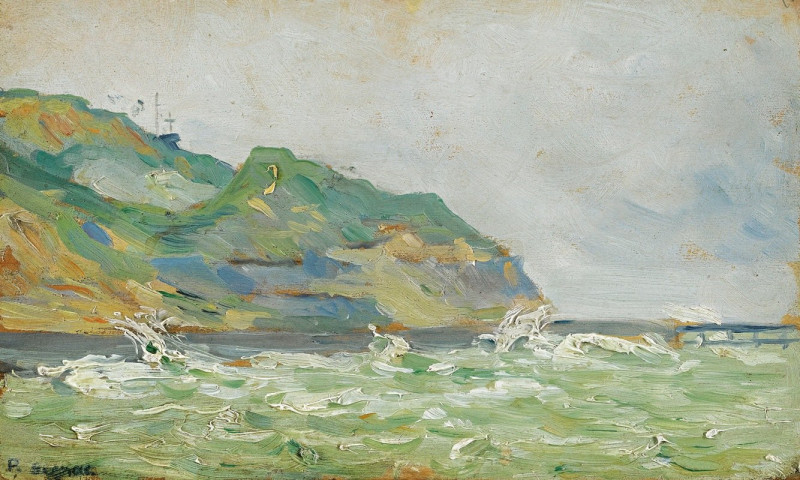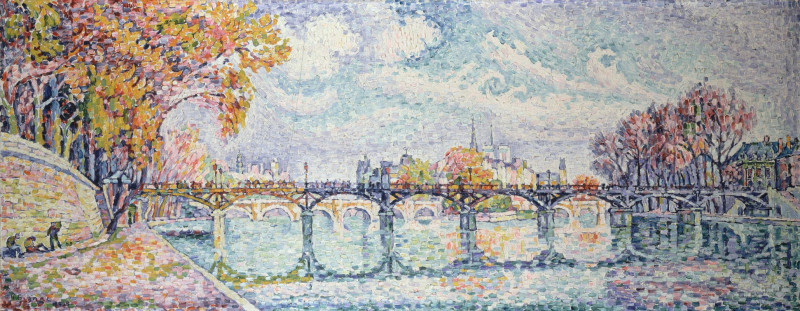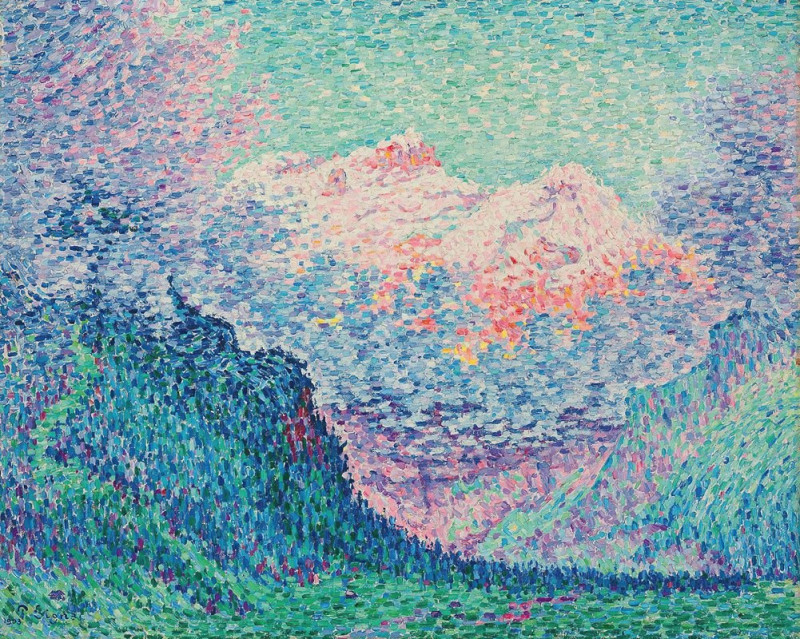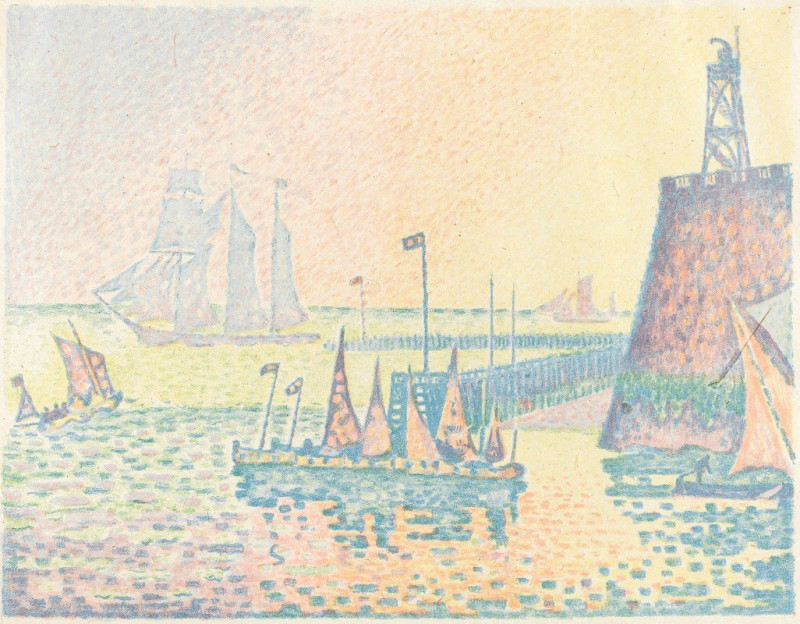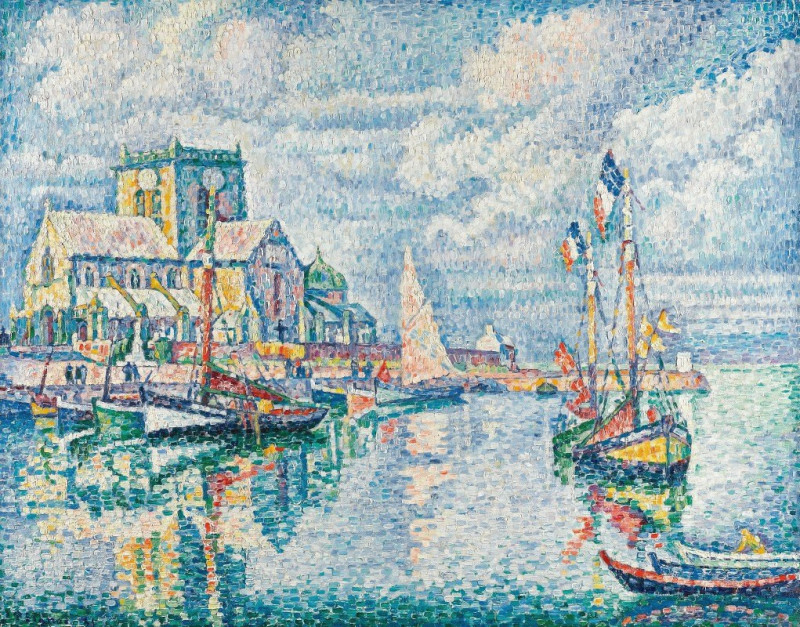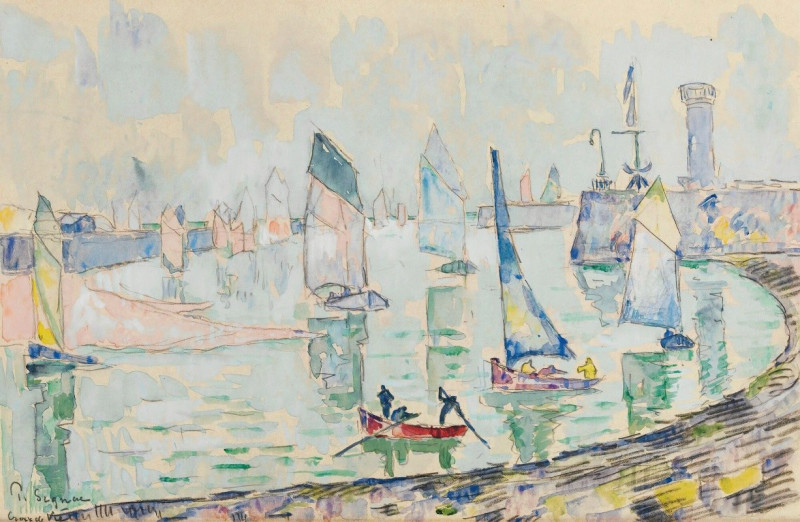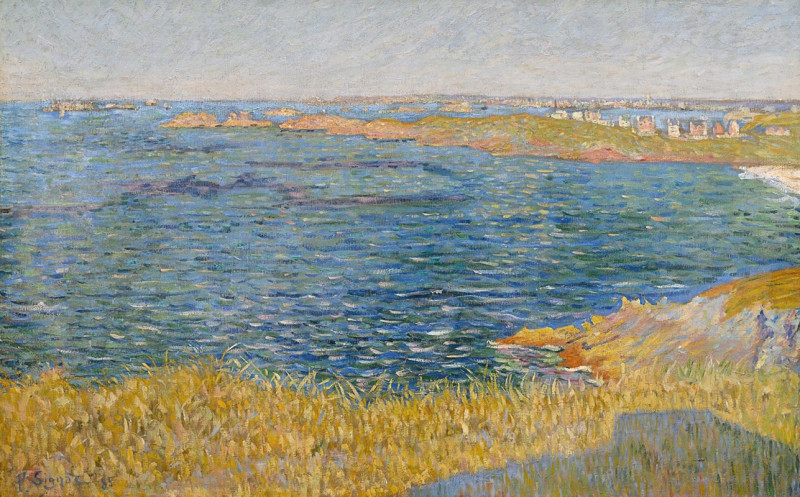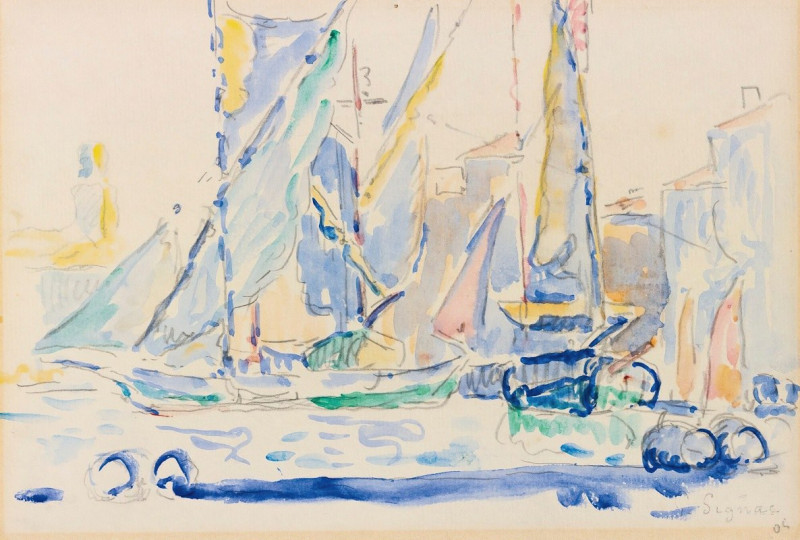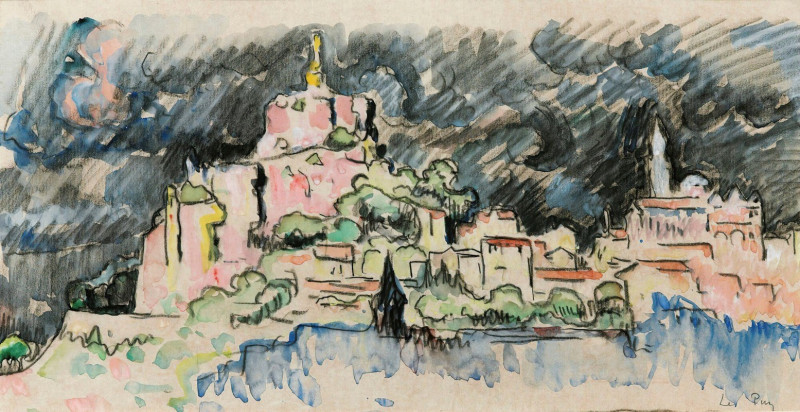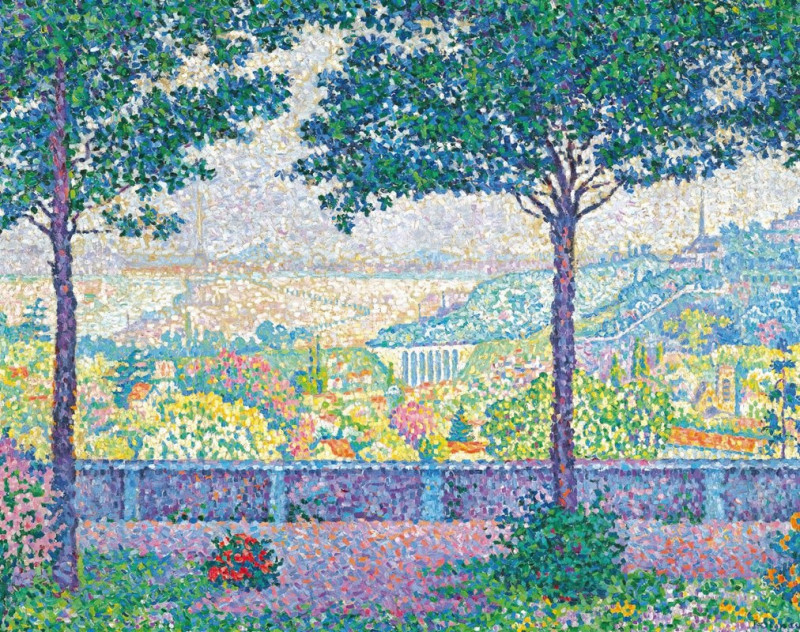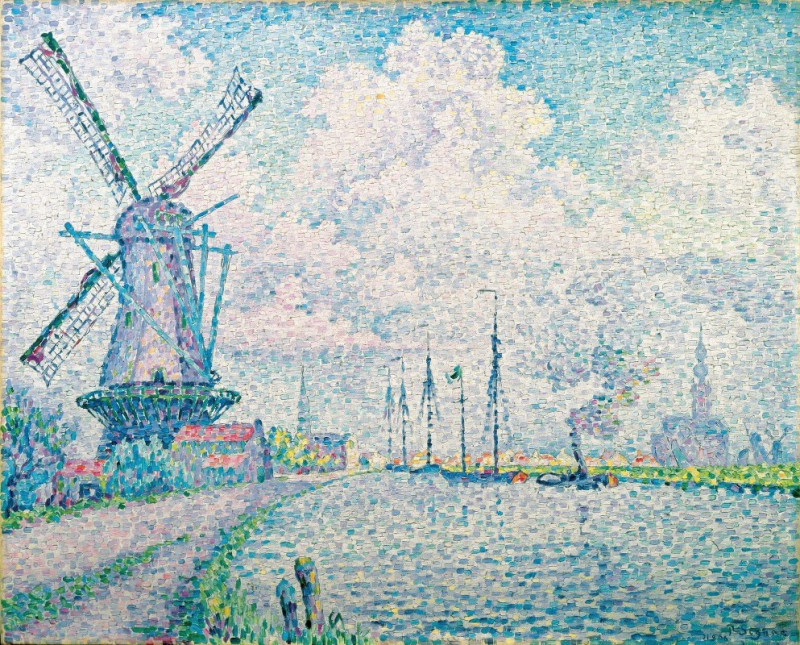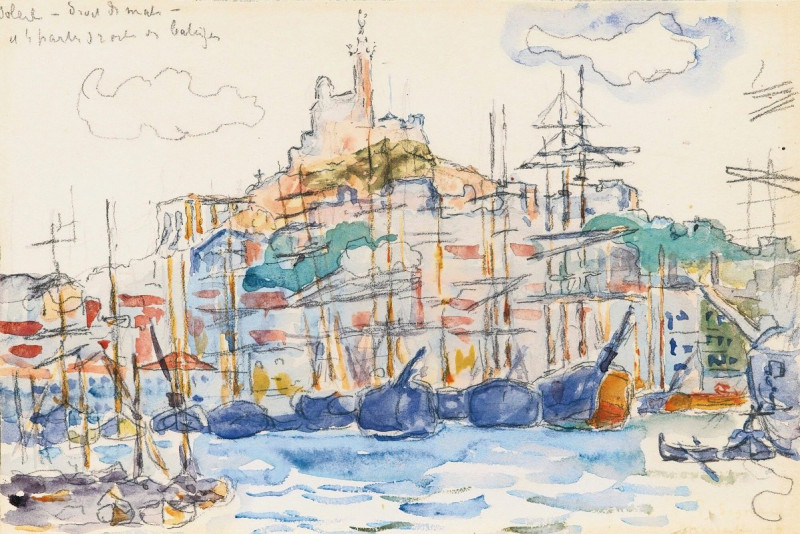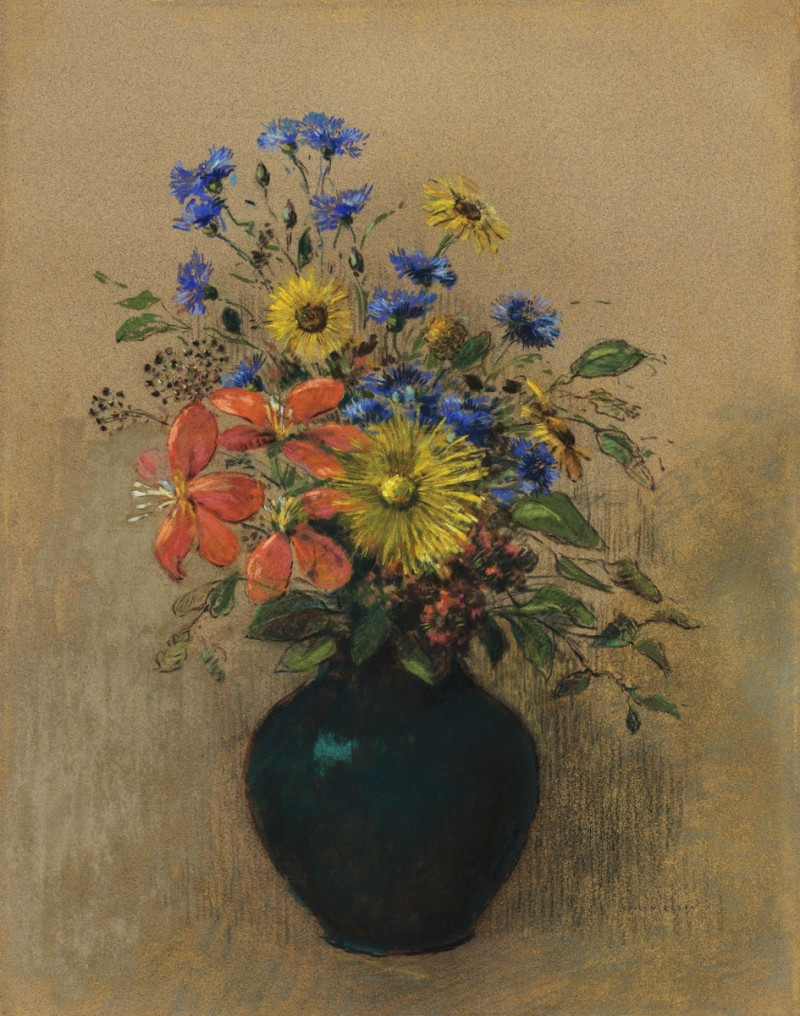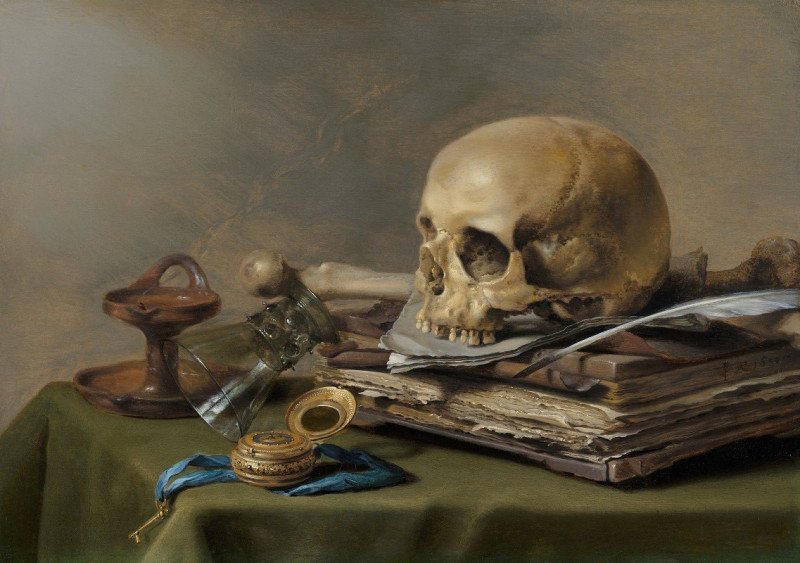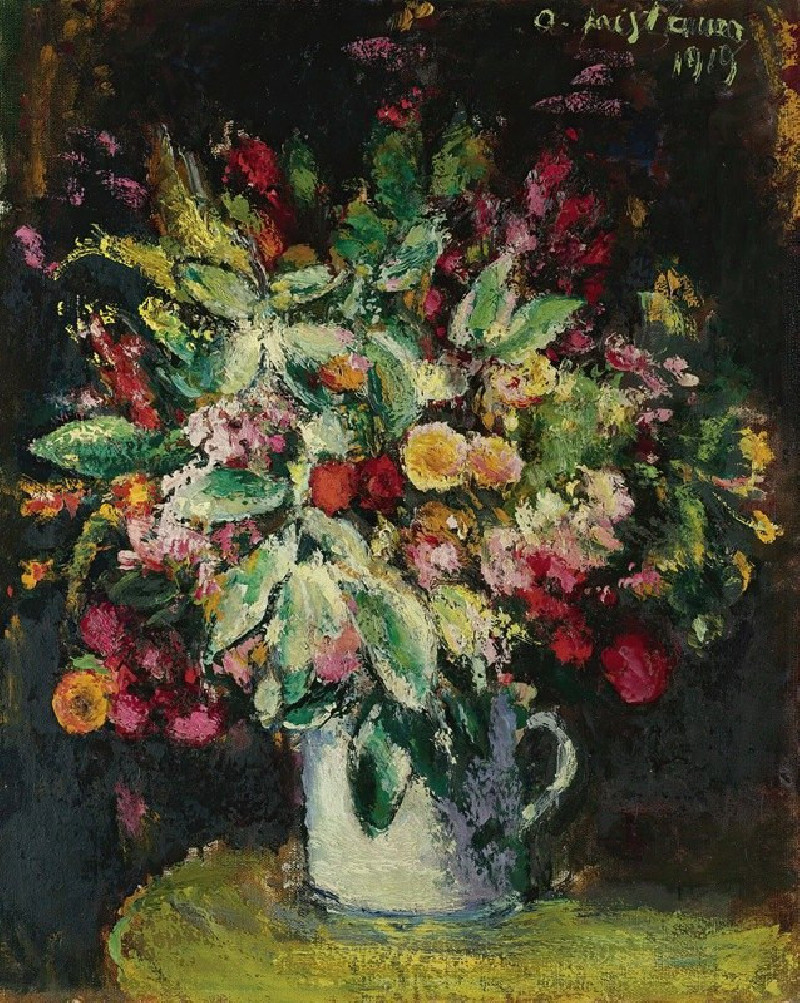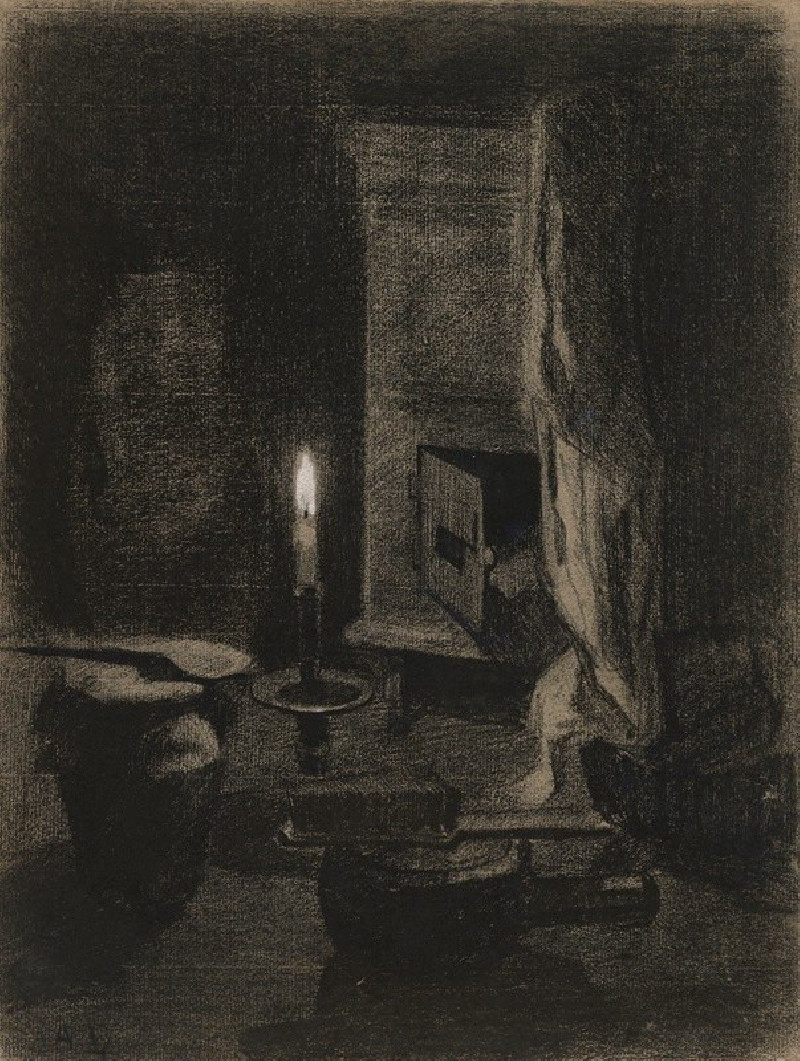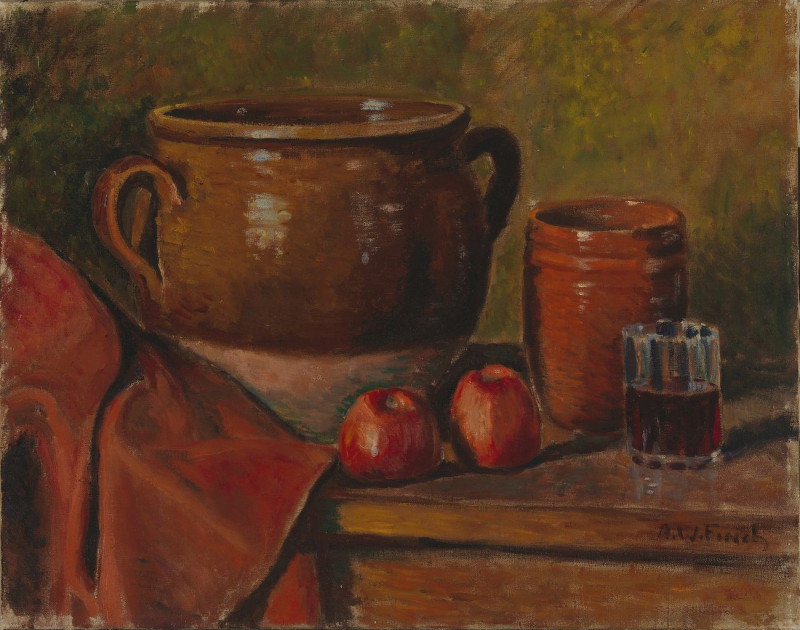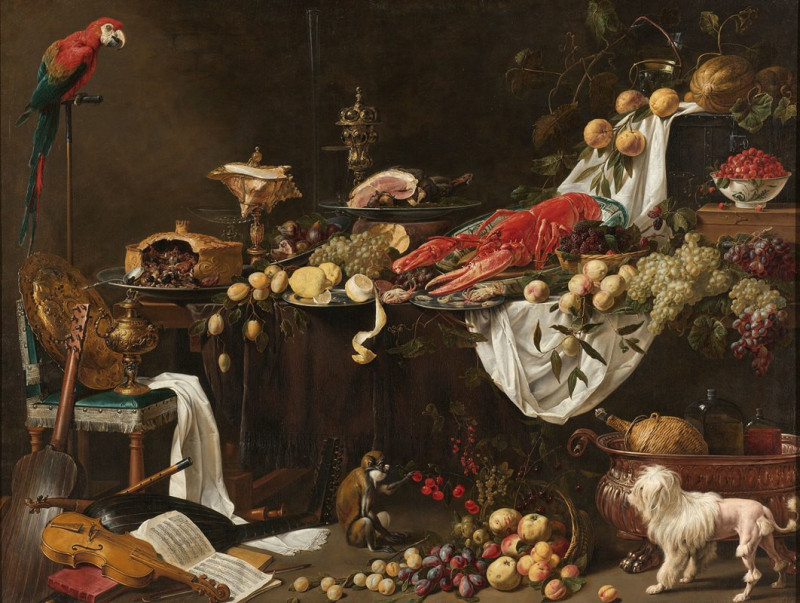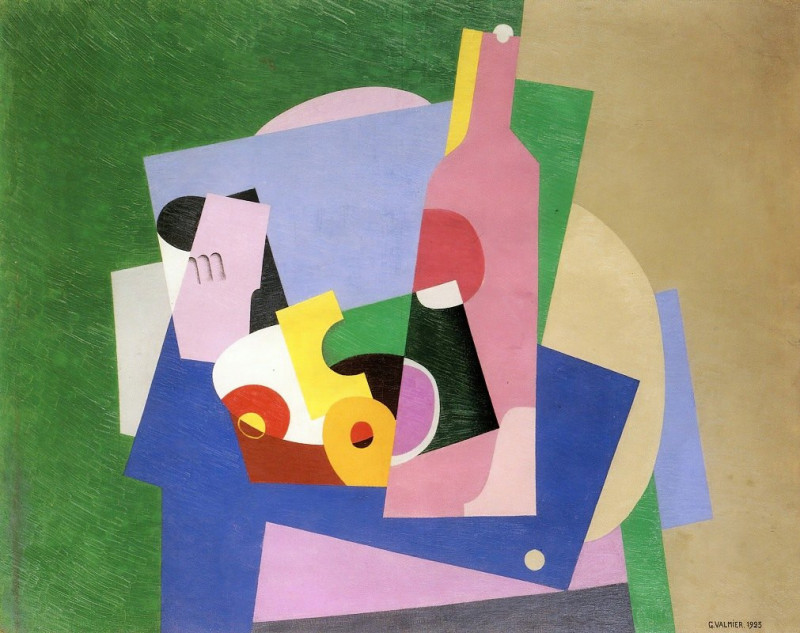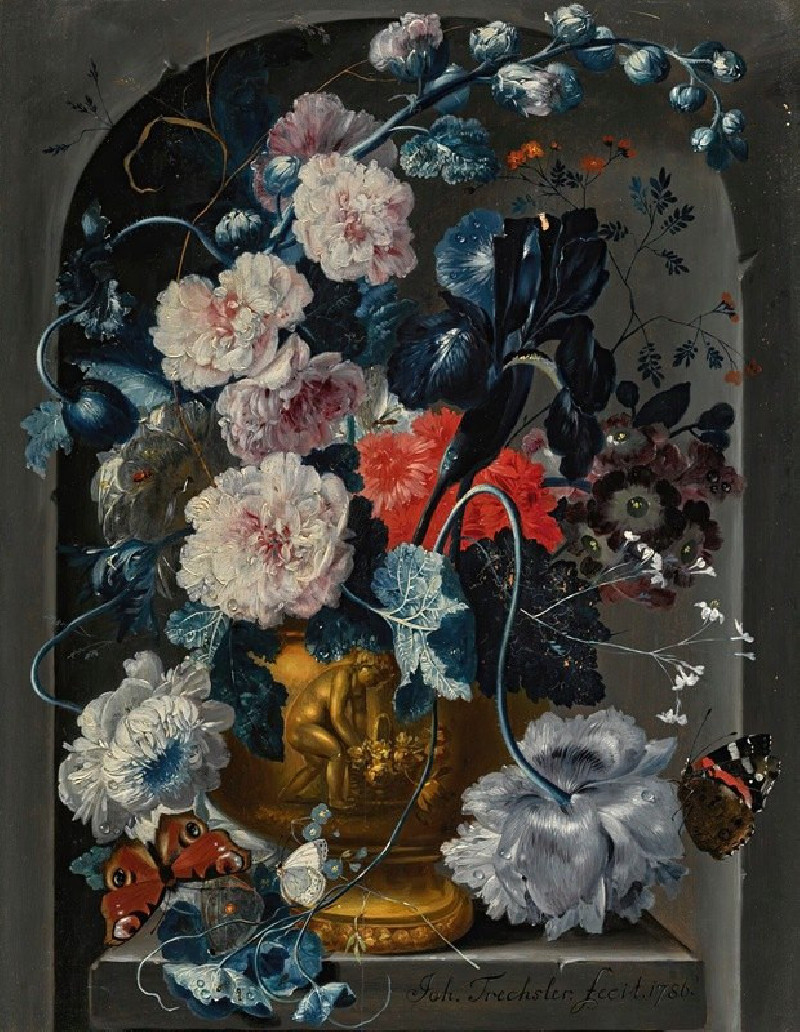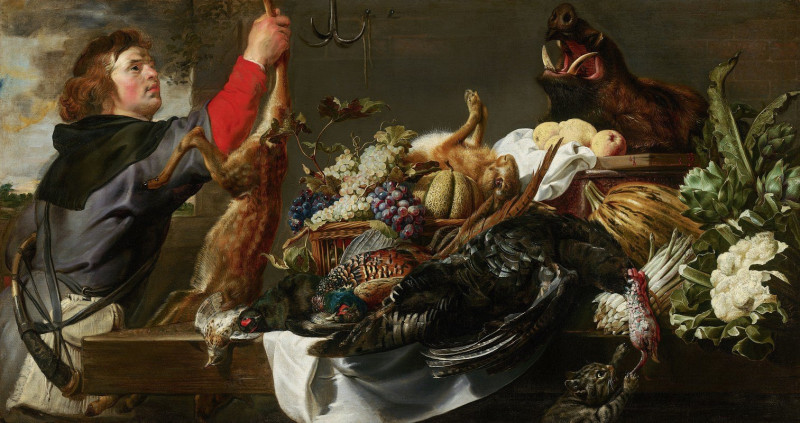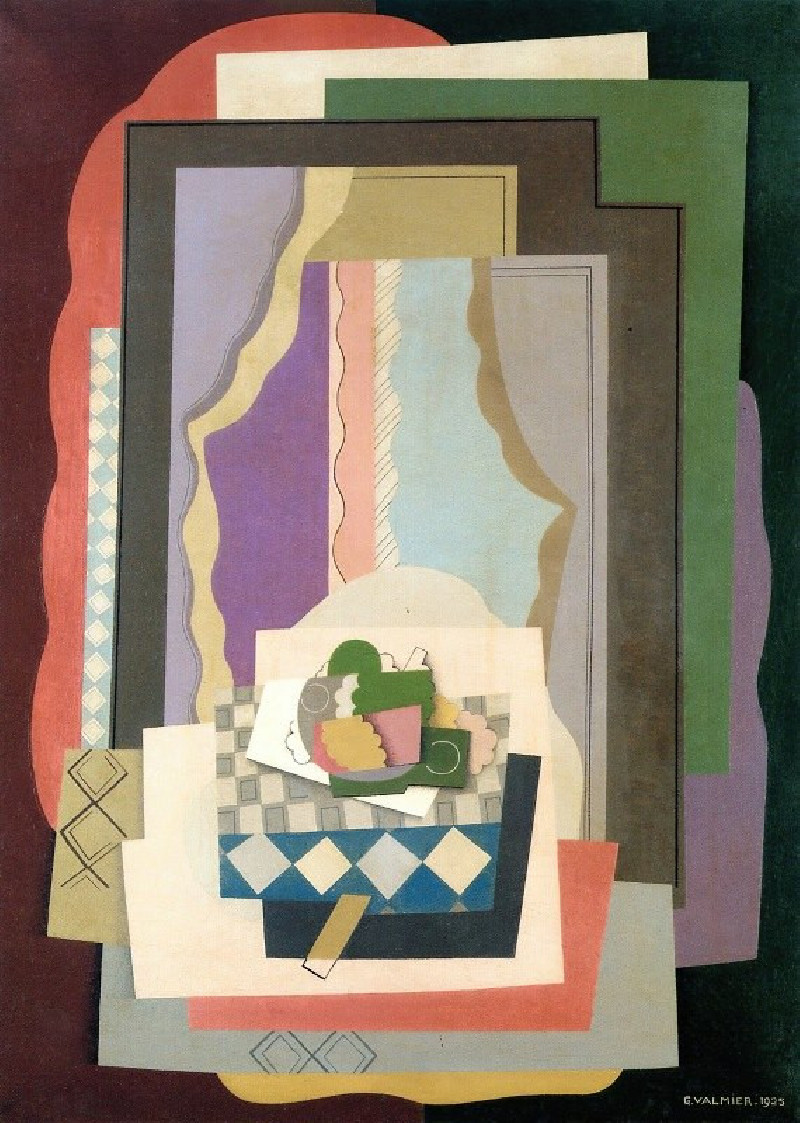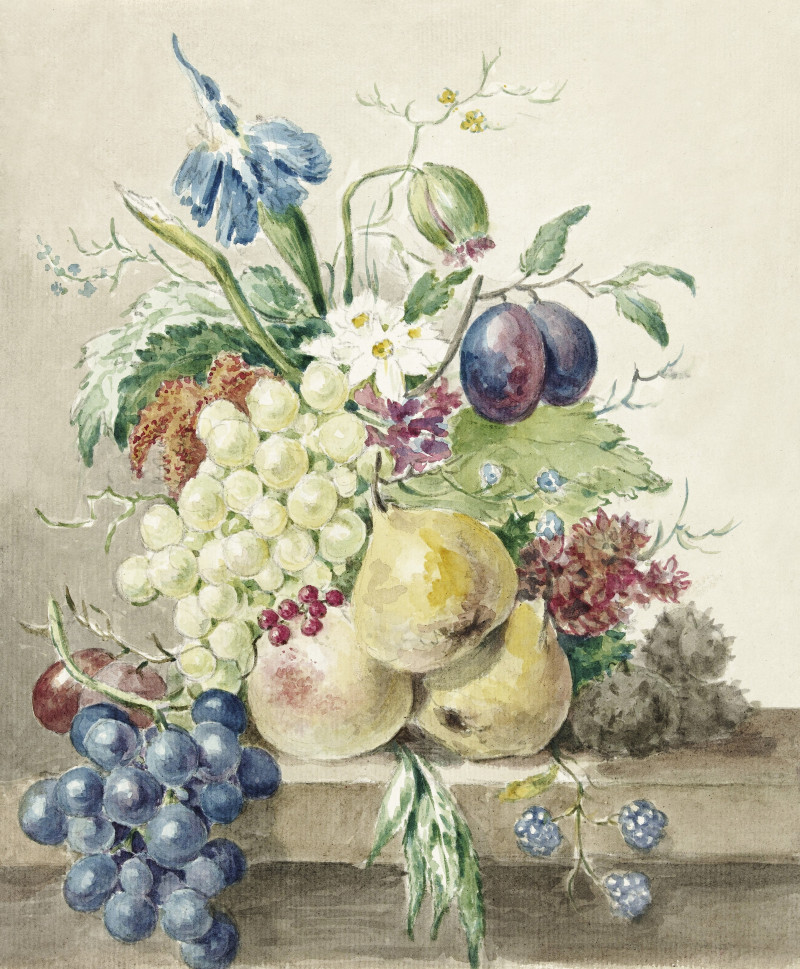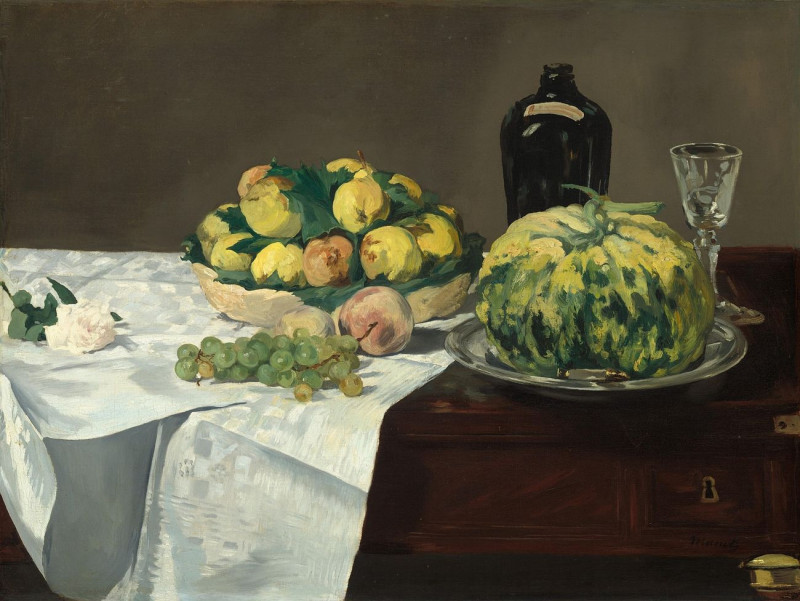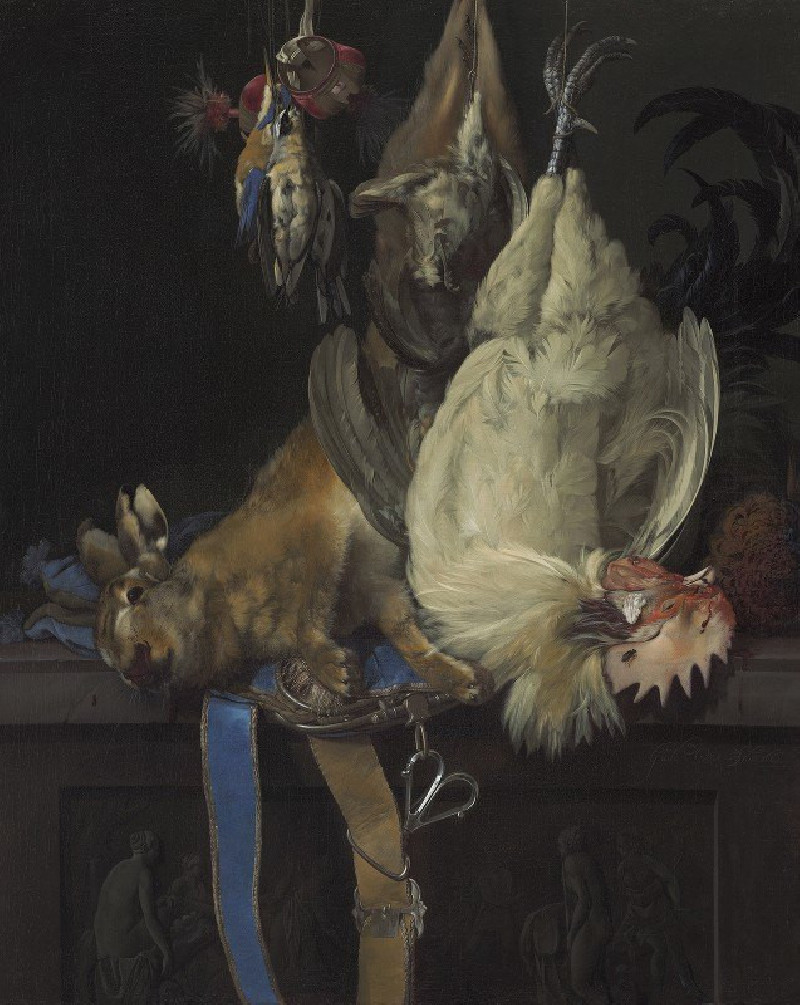Still Life With Jug
Technique: Giclée quality print
Recommended by our customers
More about this artwork
This vibrant painting by Paul Signac, "Still Life With Jug," is a beautiful and colorful representation typical of his post-Impressionist style, which often embraced the techniques of Pointillism. The artwork features a traditional still life composition with a dynamic and modern twist.At the forefront of the painting is a decorative jug detailed with blue floral patterns and the inscription "Piluro." The jug, with its intricate design, stands out against a softer, dotted background that exemplifies Signac's skill in using color and light.Surrounding the jug is an assortment of boldly colored vegetables, which include what appear to be pumpkins, peppers, and cabbages. These vegetables are rendered in a vivid palette, emphasizing shades of red, orange, yellow, and green. Such colors not only contribute to the overall liveliness of the scene but also highlight the natural beauty and variety found in simple, everyday objects.The whole composition rests on a patterned tablecloth, which adds another layer of texture and color complexity, interacting with the forms and hues of the jug and vegetables. The background, though seemingly abstract, complements the still life with patches of pink, blue, purple, and yellow, suggesting a playful interaction of light and shadow.Overall, the painting is a stunning display of Signac's mastery in blending color and light, capturing the essence of the subjects with both warmth and depth.
Delivery
Returns
Paul Signac (1863-1935) was a French Neo-Impressionist painter. Together with Georges Seurat, Signac developed the Pointillism style. He was a passionate sailor, bringing back watercolor sketches of ports and nature from his travels, then turning them into large studio canvases with mosaic-like squares of color. He abandoned the short brushstrokes and intuitive dabs of color of the impressionists for a more exact scientific approach to applying dots with the intention to combine and blend not on the canvas, but in the viewer's eye.

